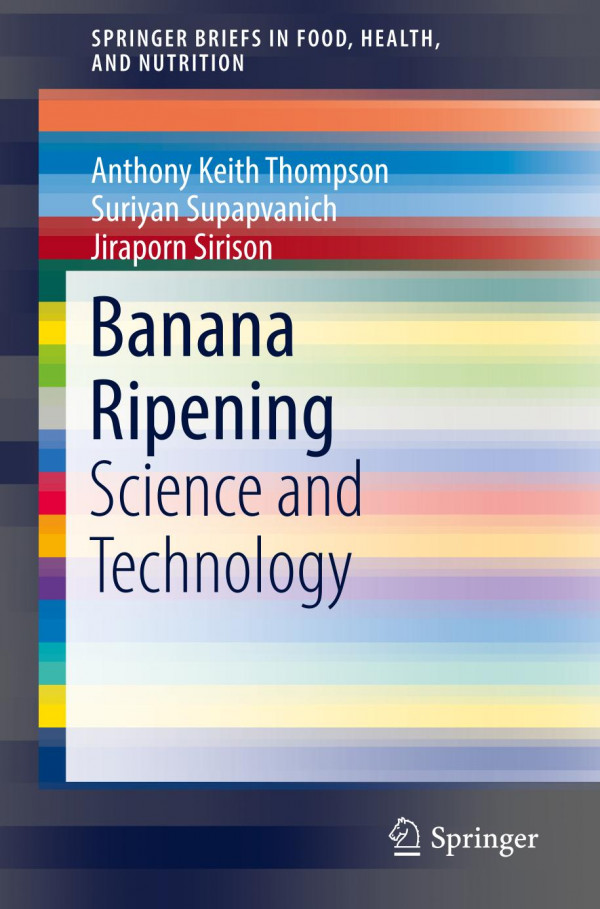

Most ebook files are in PDF format, so you can easily read them using various software such as Foxit Reader or directly on the Google Chrome browser.
Some ebook files are released by publishers in other formats such as .awz, .mobi, .epub, .fb2, etc. You may need to install specific software to read these formats on mobile/PC, such as Calibre.
Please read the tutorial at this link: https://ebookbell.com/faq
We offer FREE conversion to the popular formats you request; however, this may take some time. Therefore, right after payment, please email us, and we will try to provide the service as quickly as possible.
For some exceptional file formats or broken links (if any), please refrain from opening any disputes. Instead, email us first, and we will try to assist within a maximum of 6 hours.
EbookBell Team

4.7
96 reviewsThe technology used to ripen bananas is affected by a wide range of factors, including the cultivar, growing conditions, harvesting method, and maturity at which the fruit are harvested and handled. Various post harvest treatments applied to fruit can also impact ripening. While many textbooks have been dedicated to Musa (bananas and plantains), none have focused exclusively on the ripening process.
The commercial ripening of bananas and the chemical changes that occur thereby are considered here in detail. In developed, temperate countries where bananas are imported, successful ripening technologies have evolved. Most bananas, however, are marketed locally in the country where they are grown, and often the ripening technologies used have economic and health implications. This brief offers an in-depth discussion of not only the implications of these technologies, but also of alternative ripening methods and their commercial applications. For an understanding of both the chemical basis by which bananas ripen and the technologies used to control the process, look no further than this essential text.